Product Overview
Ketamine is mainly used in both veterinary and human clinical anesthesia serving as pain killer, sedation in intensive care, and induction of memory loss. It produces a wide variety of pharmacological effects including sedation, catalepsy, somatic analgesia, bronchodilation and stimulation of the sympathetic nervous system.[1] It usually comes as a white crystalline powder and can also be formulated into tablets and pills. Ketamine is widely administered intravenously, intramuscularly, orally and nasally by emergency physicians as a short acting pain-reducer. It also relaxes smooth muscles in the airways and may therefore be a useful induction agent in children with asthma.[1]
Ketamine can be swallowed or injected. Ketamine currently has a wide variety of clinical applications because of its beneficial peculiar clinical and pharmacological properties. The preceding characteristics of the drug has made it survive through the ages for more than half a century with even new-found clinical applications. Its newly discovered neuroprotective, anti-inflammatory and anti-tumor effects and the now-known usefulness of low dose ketamine regimens have helped to expand the clinical application profile of the drug.[1][2]
When administered, the pharmacological impact of the medication can last for 45 - 90 minutes. The onset of effect depends on the route of administration - ranging from as little as 30 seconds to as much as 20 minutes. The effects kick-in at just about 30 seconds when injected and up to 20 minutes when administered orally. An equivalent dose to 2 mg of the medication per kg body-weight given through the intravenous route over 60 seconds produces surgical anesthesia within 30 seconds lasting for 5-10 minutes (dose may range from 1 to 4.5 mg/kg); an intramuscular dose equivalent to 10 mg per kg body-weight (range 6.5-13 mg/kg) usually produces surgical anesthesia within 3 to 4 minutes lasting for 12 to 25 minutes.[3]
Analgesia is obtained by administration of 0.2-0.75 mg/kg intravenously.[4] Ketamine is known to produce psychotropic effects in clinical settings when administered via intramuscular injection in doses between 25 to 200 mg.[5] Given nasally its bioavailability in children is about 50%, while its approximately 93% when administered via the intramuscular route.[6][7]
Several studies investigated the local tolerance of ketamine when administered intrathecally.[8][9] Ketamine, when injected without preservative did not cause neurotoxicity in the spinal cord of swine or rabbits.
Ketamine has been utilized in short-term medical procedures that do not require skeletal muscle relaxation, and it has the approval for induction of general anesthesia as a pre-anesthetic to other general anesthetic agents.
It also has been supplemented with low-potency agents such as nitrous oxide. It may be utilized for procedures requiring reduction of fractures and dislocations.
Ketamine is a promising treatment for some cases of major depression, which is the leading cause of disability worldwide. Studies have asserted that patients who respond to ketamine may rapidly reduce suicidality, that is, life-threatening thoughts and acts. It also may be effective for treating depression combined with anxiety.
Clinically, the medication is administered by intramuscular or intravenous injection. For analgesia, the intrathecal route is used as well. Also, the oral and the rectal routes have been described.[4]
Ketamine has been in clinical use for over half a century, yet its precise mechanisms of action remain largely unknown. Ketamine exerts its effect mainly by the noncompetitive antagonism of the N-methyl D-aspartic acid (NMDA) receptor. As wells as having local anesthetic effects, it also interacts with opioid receptors, monoamine, cholinergic, purinergic and adrenoreceptor systems.[1] NMDA receptor interaction with ketamine is thought to play a role in its opioid induced effect of blocking high sensitivity to pain and subanesthetic doses of ketamine via NMDA receptor blockade potentiate opioid analgesia.[1][10] In addition, ketamine by suppressing the induction of nitric oxide synthase activity and protein expression by endotoxin provides anti-inflammatory effect against infection.[11] Whereas the hypnotic effects of ketamine are caused by a combination of immediate channel blockade of NMDA and hyperpolarization-activated cation channels.[6]
In macrophages, ketamine reduces the expression of alpha tumor necrosis factor and interleukin-6 gene.[5] Through blocking NMDA receptor, ketamine inhibits the extracellular signal regulated kinase ½ pathway and reduces the growth of cancer cells.[7] Ketamine’s post-drug effects such as increase in synaptic connectivity causes the prolonged antidepressant effects associated with the drug.[12]
Ketamine may cause central nervous system depression; caution should be applied when operating heavy machinery; do not engage in hazardous activities or operate hazardous machinery for at least 24 hours after usage.
Ketamine may cause dependence and tolerance with prolonged use; discontinuation of long-term use has been associated with a withdrawal syndrome with psychotic features.
This medication may interact and cause some risk when taken together with other medications. Users must consult their healthcare provider for more information on possible interactions with other medications.
Ketamine is an anesthetic with a good safety profile.[4] Its major drawback, limiting its clinical use, is the occurrence of emergence reactions. Emergence phenomena include hallucinations, vivid dreams, floating sensations and delirium which are reduced by the simultaneous administration of benzodiazepines and keeping the patient in low stimulus environment. Such reactions are also thought to be reduced by providing adequate information about such possible adverse reactions well in advance. These effects occur in greater frequency in adults (30-50%) than in children (5-15%).[16][17]
No adverse outcomes were noted in nine healthy children treated in the emergency department. Inadvertent ketamine overdose of 9 children in emergency units did not result in adverse outcomes. The overdoses were reported in the ranges of 5 to 100 times the normal dose. Toxicity manifested as prolonged sedation in all nine children; toxic effects were limited to prolonged sedation and depression of respiration in 4 of the children. The safety margin of overdose is thought to be wide.[18]
The co-administration of ketamine resulted in serious depression of the respiratory system in two cases. Earlier administration of secobarbital in a seven-year-old patient given a little dose of ketamine in one case; while the second case involved ethanol resulting in death.[19][20]
Sympathomimetic effects and serious side effects such as hypertension and lung edema have been reported.[21] Such adverse effects appear to be rare and may be related to the combination of ketamine with other substances of abuse.
On the other hand, cardio-depressant effects have been noted in critically ill patients. This may be due to chronic catecholamine depletion and so preventing any sympathomimetic effects of ketamine and unmasking a negative effect, which is usually overshadowed by sympathetic stimulation.[4][16]
It has been shown that after prolonged and/or repeated infusion of S(+)ketamine liver injury may occur.[22]
Ketamine, due to the paucity of information should be administered to nursing mothers or during pregnancy with adequate monitoring by a physician.
There is no data on the measurement of ketamine in breast milk post-administration in humans. Limited information suggests that ketamine does not affect infants through breastfeeding. Ketamine, due to the paucity of information should be administered to nursing mothers or during pregnancy with adequate monitoring by a physician.
Store this medication at 68°F to 77°F (20°C to 25°C) and away from heat, moisture and light. Keep all medicine out of the reach of children. Throw away any unused medicine after the beyond use date. Do not flush unused medications or pour down a sink or drain.
- Persson J. Wherefore ketamine? Curr Opin Anaesthesiol. 2010;23:455-60.
- Stoelting RK, Hillier SC. Nonbarbiturate intravenous anaesthetic drugs. In: Stoelting RK, Hillier SC, editors. Pharmacology and Physiology in Anaesthetic Practice. 4th ed. Philadelphia: Lippincott Williams and Wilkin; 2006. pp. 155-78
- Reynolds JEF, Parfitt K, Parsons AV, Sweetman SC (eds.). Martindale, the extra pharmacopoeia. 29th Edition.The Pharmaceutical Press: London, 1989.
- Reich DL, Silvay G. Ketamine: an update on the first twenty-five years of clinical experience. Can J Anaesth 1989;36:186-97.
- Hansen G, Jensen SB, Chandresh L, Hilden T. The psychotropic effect of ketamine. J Psychoactive Drugs 1988;20:419-425.
- Malinovsky JM, Servin F, Cozia A, Lepage JY, Pinaud M. Ketamine and norketamine plasma concentrations after i.v., nasal and rectal administration in children. Br J Anaesth 1996;77:203-207.
- Grant IS, Nimmo WS, Clements JA. Pharmacokinetics and analgesic effects of i.m. and oral ketamine. Br J Anaesth 1981;53:805-10.
- Errando CL, Sifre C, Moliner S, Valia JC, Gimeno O, Minguez A, Boils P. Subarachnoid ketamine in swine-pathological findings after repeated doses: acute toxicity study. Reg Anesth Pain Med 1999;24:146-52.
- Malinovsky JM, Lepage JY, Cozian A, Mussini JM, M Pinaudt M, Souron R. Is ketamine or its preservative responsible for neurotoxicity in the rabbit? Anesthesiology 1993;78:109-15.
- Hirota K, Lambert DG. Ketamine: New uses for an old drug? Br J Anaesth. 2011;107:123-6
- Yoon SH. Concerns of the anesthesiologist: Anesthetic induction in severe sepsis or septic shock patients. Korean J Anesthesiol. 2012;63:3-10.
- Sleigh J, Harvey M, Voss L, Denny B. Ketamine-more mechanisms of action than just NMDA blockade. Trends Anaesth Crit Care. 2014;4:76-81
- White JM, Ryan CF. Pharmacological properties of ketamine. Drug Alc Review 1996;15:145-155.
- Bergman SA. Ketamine: review of its pharmacology and its use in pediatric anesthesia. Anesth Prog 1999;46:10-20.
- Green SM, Clark R, Hostetler MA, Cohen M, Carlson D, Rothrock SG. Inadvertent ketamine overdose in children: clinical manifestations and outcome. Annals of emergency medicine. 1999; 34(4): 492-497.
- Kopman AF. To the editor: ketamine may interact with barbiturate premedication in producing delayed awakening from anesthesia and significant respiratory depression. Anesth. Analg. 1972;51:793-4.
- Moore KA, Kilbane EM, Jones R, Kunsman GW, Levine B, Smith M. Tissue distribution of ketamine in a mixed drug fatality. J Forensic Sci 1997;42:1183-5.
- Murphy JL Jr. Hypertension and pulmonary oedema associated with ketamine administration in a patient with a history of substance abuse. Can J Anaesth 1993;40:160-4.
- Noppers IM, Niesters M, Aarts LP, Bauer MC, Drewes AM, Dahan A, Sarton EY. Drug-induced liver injury following a repeated course of ketamine treatment for chronic pain in CRPS type 1 patients: a report of 3 cases. Pain. 2011 Sep;152(9):2173-8.
Administration Instructions
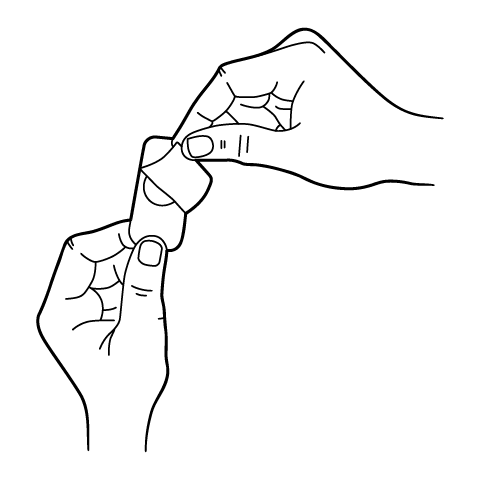
ODT and Troches Instructions
503A vs 503B
- 503A pharmacies compound products for specific patients whose prescriptions are sent by their healthcare provider.
- 503B outsourcing facilities compound products on a larger scale (bulk amounts) for healthcare providers to have on hand and administer to patients in their offices.
Frequently asked questions
Our team of experts has the answers you're looking for.
A clinical pharmacist cannot recommend a specific doctor. Because we are licensed in all 50 states*, we can accept prescriptions from many licensed prescribers if the prescription is written within their scope of practice and with a valid patient-practitioner relationship.
*Licensing is subject to change.
Each injectable IV product will have the osmolarity listed on the label located on the vial.

Given the vastness and uniqueness of individualized compounded formulations, it is impossible to list every potential compound we offer. To inquire if we currently carry or can compound your prescription, please fill out the form located on our Contact page or call us at (877) 562-8577.
We source all our medications and active pharmaceutical ingredients from FDA-registered suppliers and manufacturers.


 Ketamine ODT
Ketamine ODT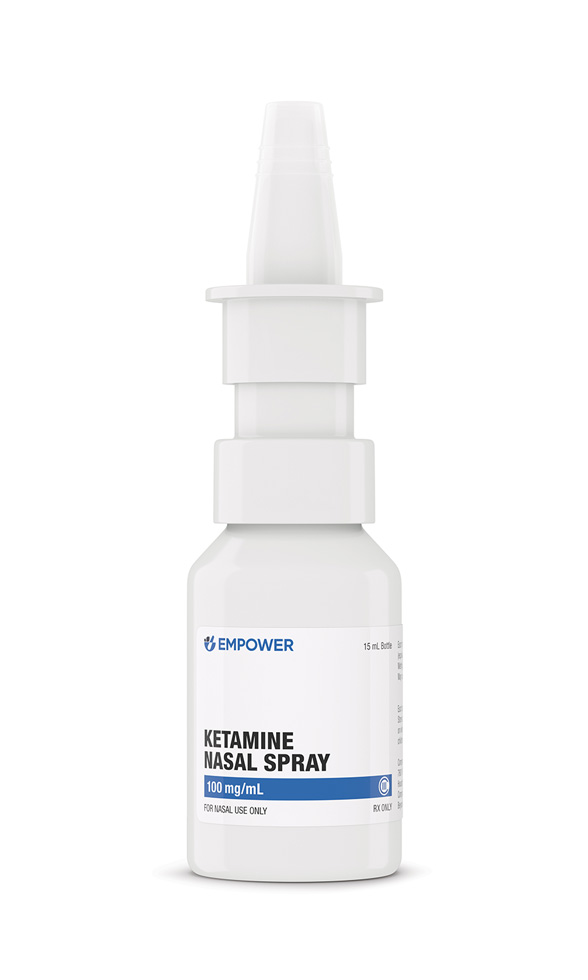 Ketamine Nasal Spray
Ketamine Nasal Spray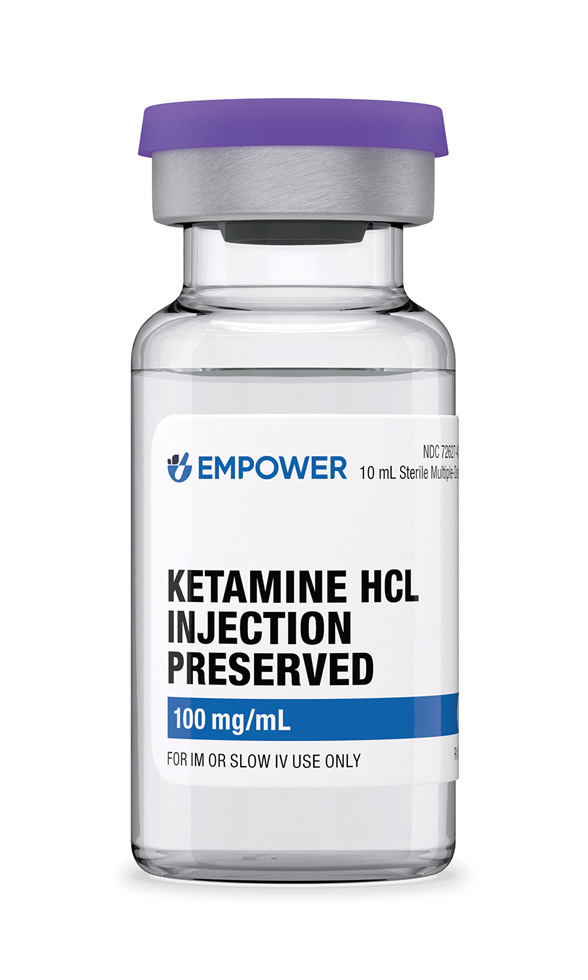 Ketamine HCL Injection
Ketamine HCL Injection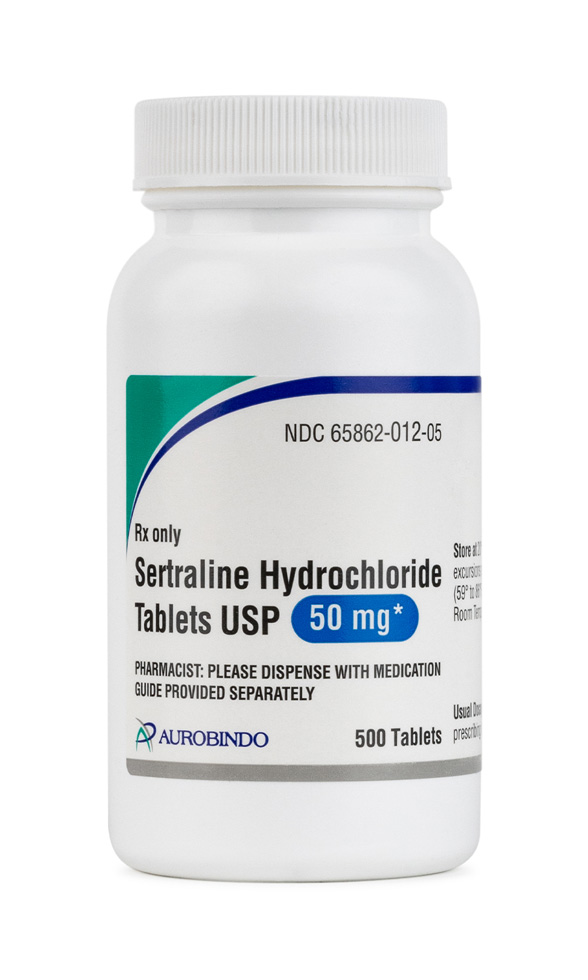 Sertraline Tablets
Sertraline Tablets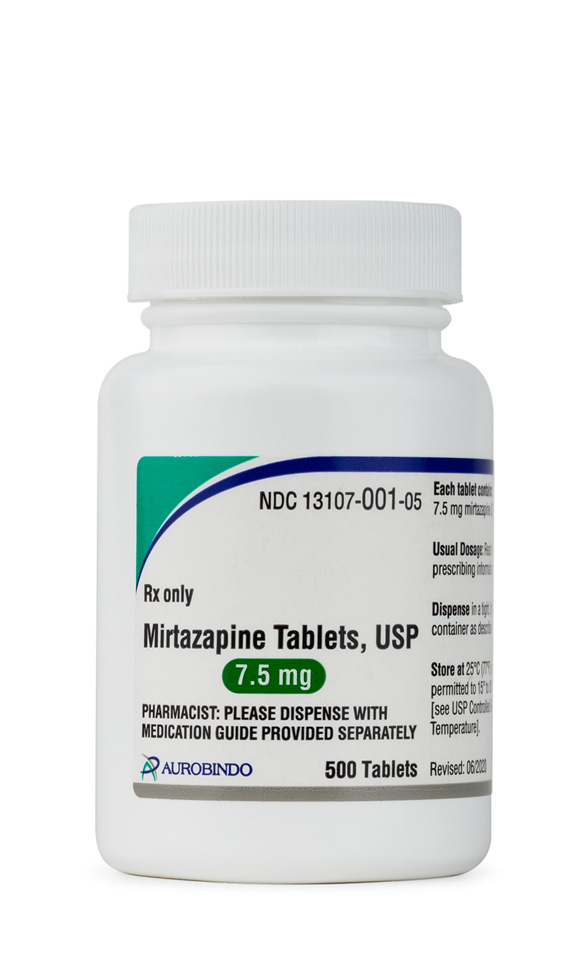 Mirtazapine Tablets
Mirtazapine Tablets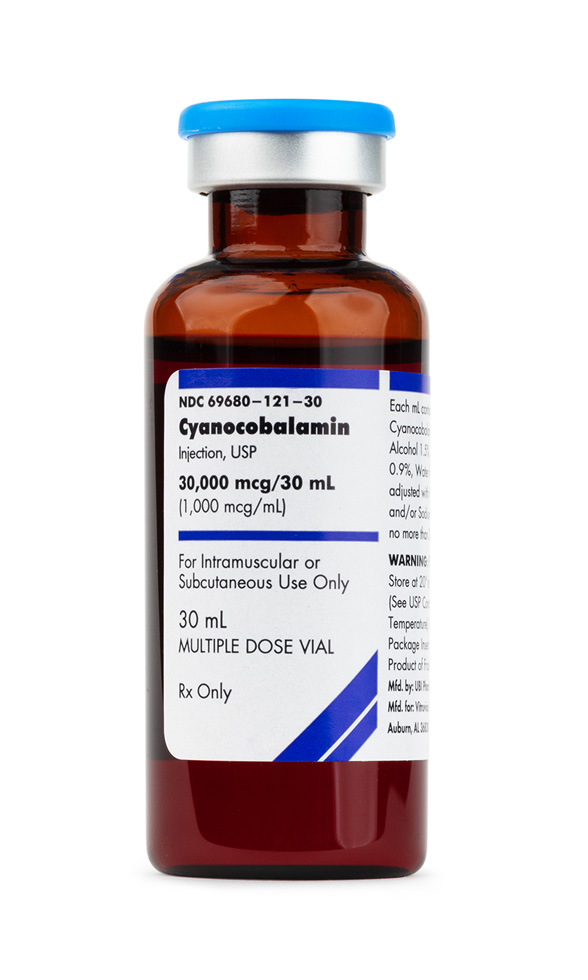 Cyanocobalamin (Vitamin B12) Injection
Cyanocobalamin (Vitamin B12) Injection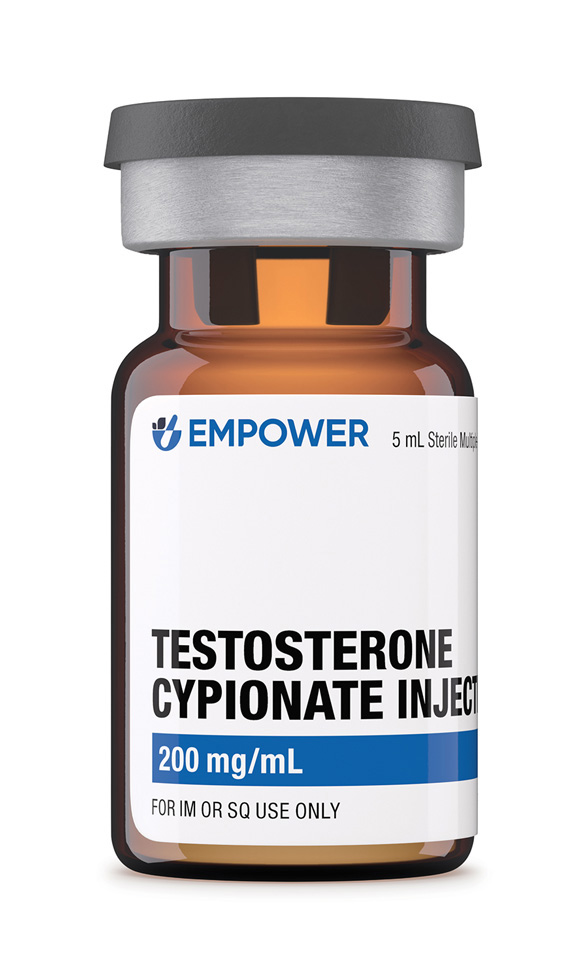 Testosterone Cypionate Injection
Testosterone Cypionate Injection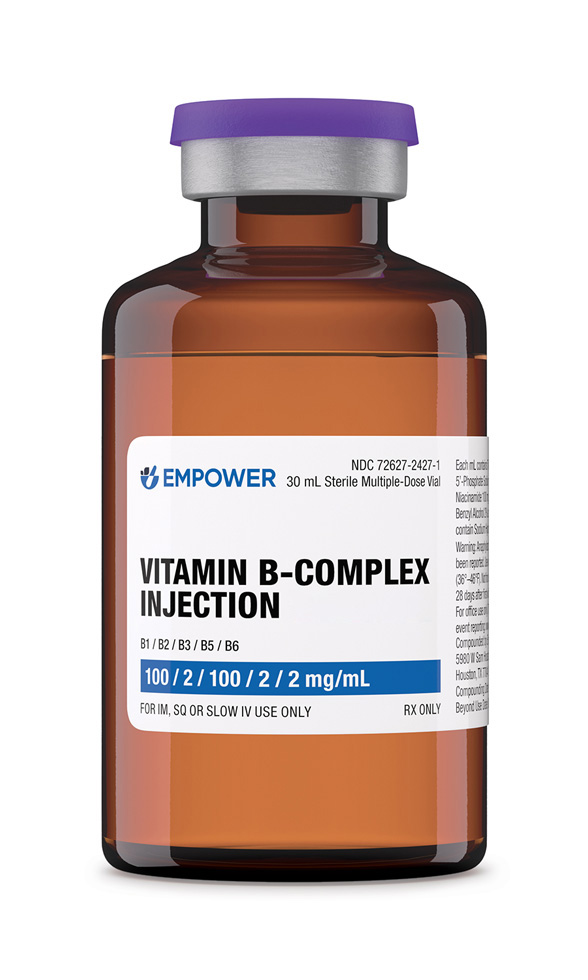 Vitamin B-Complex Injection
Vitamin B-Complex Injection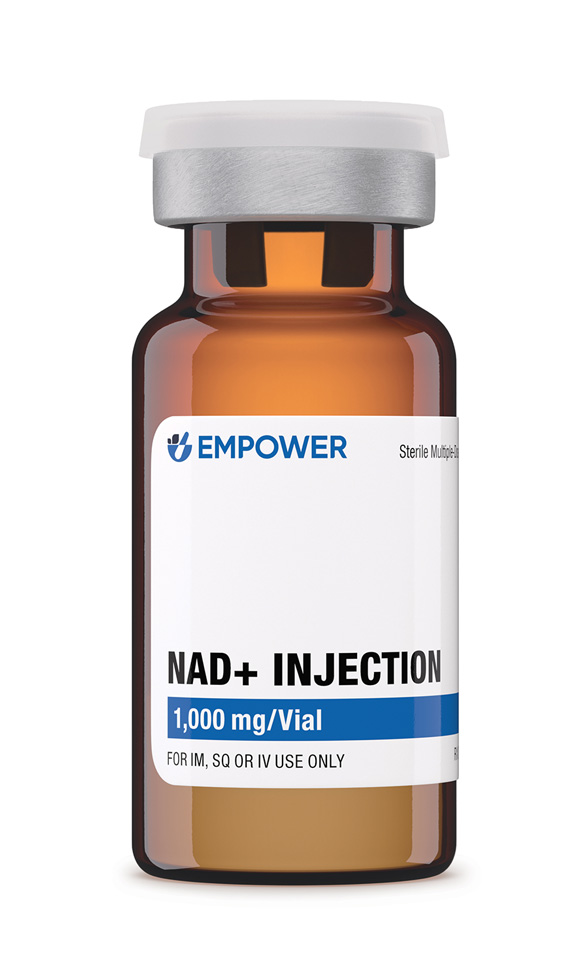 NAD+ Injection (Lyo)
NAD+ Injection (Lyo)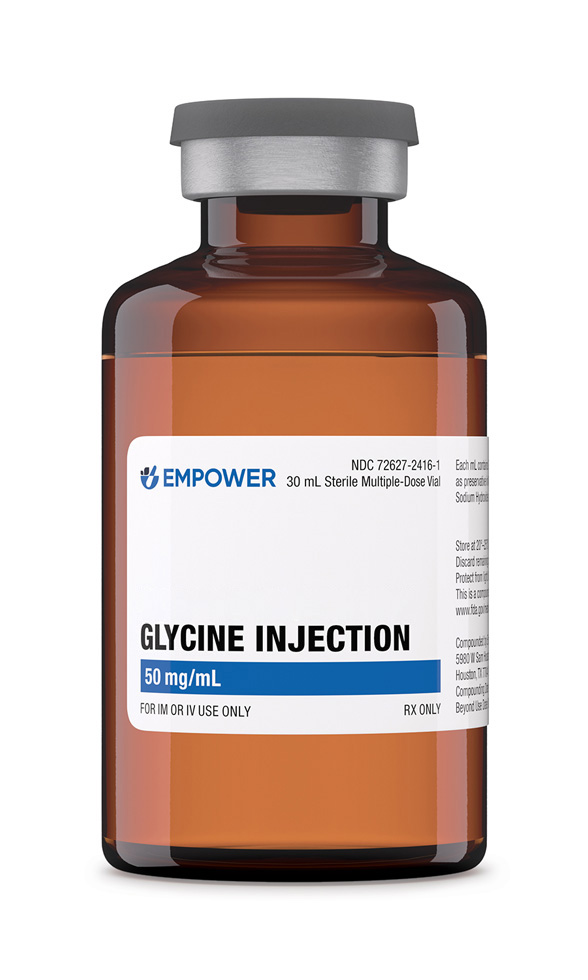 Glycine Injection
Glycine Injection